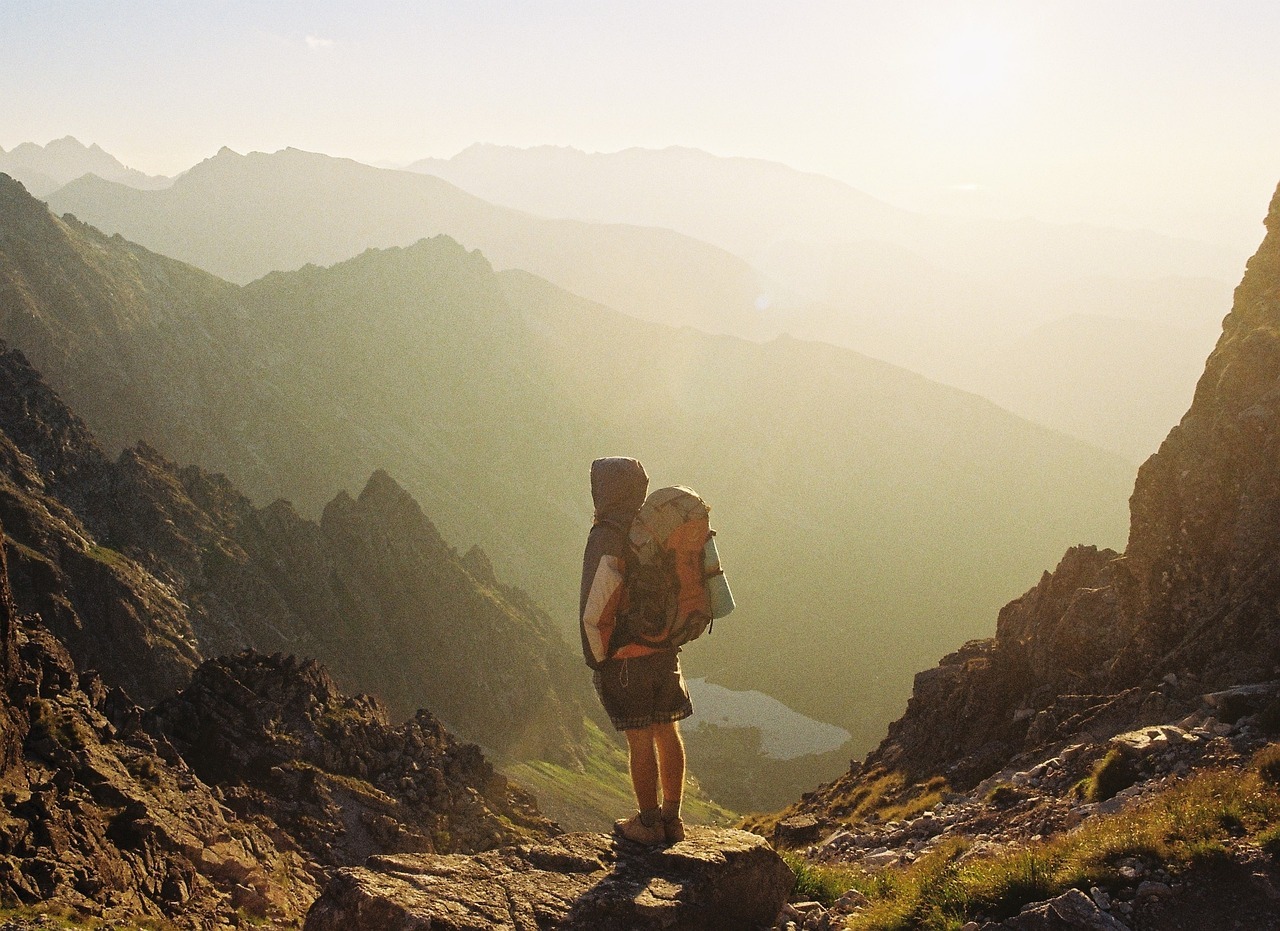Walking and hiking are some of the most common outdoor activities where you can be active and enjoy nature. Whether you’re just going out into the woods with your dog or camping out for a few days with your best biddies, knowing how to care for your feet before walking properly or hiking is essential.
Our feet may often be disregarded, but they are one of the most important body parts we have. We use them regularly, and it is just proper that we take good care of them, especially when you are a hiker. Hiking with a bad foot can ruin the fun and excitement. That is why we are going to give you some tips on how to take care of your feet and avoid foot pain before and during a hike.
Before You Go Hiking
- Clip Toe Nails
Clipping toenails before going on a hike is one of the most overlooked but crucial tips for every hiker’s foot care. We guarantee that your feet will definitely hurt even if you have your well-fitted boots on. Chances are, your shoes will be pressing into your nails which will squeeze into your toes, hence, causing discomfort, pain, or worse, bleeding. Podiatrists recommend a straight cut rather than the curved cut. This is because a straight cut will lower your chance of developing ingrown toenails. Remember to use a nail clipper that is made especially for toenails because they tend to cut straighter. Clipping your toenails reduces friction against shoes and socks.
- Choose Well-fitted Boots
After you cut your nails, make sure you have the right pair of boots. This tip is essential if you want to keep your feet healthy and happy even after walking for miles. The key to ensuring your boots fit you right is when the boot’s heel sits tightly to the rear of your foot while giving your toes some room to move. If your foot is sliding around, chances are you will have friction while hiking, which will lead to blisters. On the other hand, if your boots are too tight, your toes will be curled, especially if you’re going downward. Remember always to buy hiking boots personally so you could fit the boots and get some help from the shoe store.
During Your Hike
- Lace Your Boots Properly
After getting the perfect boots for you, make sure you lace them correctly when you’re going on a hike. Remember to keep your heel in the back of the boot but make sure it’s not too tight to cut off blood circulation to your in-step and toes.
- Wear the Right Socks
- Most experienced hikers recommend a two-sock system to keep your feet comfortable. The two-sock system is where you wear a thin, skin-tight sock first then you wear wool or a wool-mix sock on top of it.
The purpose of the first sock is to reduce the friction by fitting tightly on your feet. Always remember to wear the sock inside out because the stitching of the socks can rub against your toenails. And if they are dressed like that when you’re hiking, chances are it can cause you severe pain and even toenail loss. The second sock reduces the friction in the foot by acting as a cushion between the foot and your boot. Always remember to wear this sock inside out too.
Avoid wearing pure cotton socks at all costs because it absorbs sweat, they stay wet, and they dry slowly, which means you will have to deal with wet socks all throughout your hike.
Even if you’re well-prepared for your hike, you will still feel some discomfort within your boots. Do not ignore the discomfort you feel and give your feet a little rest. You don’t want to develop hot spots or those stinging pain in your foot that marks the beginning of a blister. When you begin to feel a hot spot is starting to develop, take a break, dry off your feet, apply antiperspirants, powders, creams, or bandage, then change into a fresh pair of socks.
After Your Hike
After your hike, remember to remove your socks and boots to give your feet some air. This is a perfect way of keeping them comfortable and healthy. That’s why remember to bring an extra pair of sandals of flip-flops so you could wear them while your feet rest.
If you discover that you developed a blister after hiking, sanitize it then apply a cream or lubricant on it. Never pop or drain a blister because it can lead to infection. If the blister is already popped, clean it then apply a bandage or a blister band-aid to keep it away from germs.

